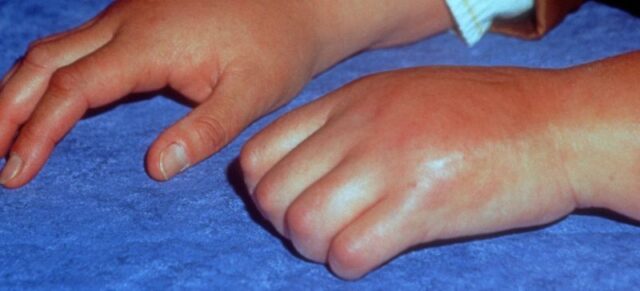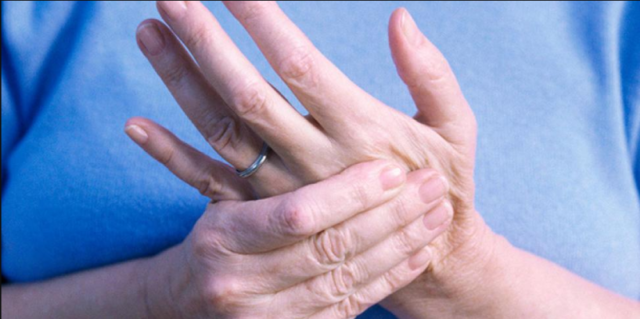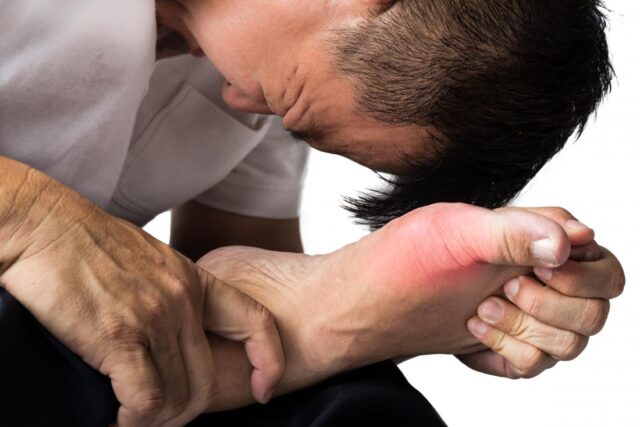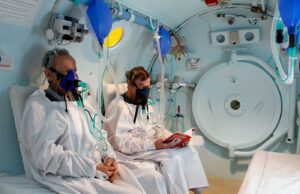
Nerve injuries due to trauma caused by traffic accidents can often leave very serious and even lasting consequences. One of these is Complex regional pain syndrome. This disease is also called Sudeck’s syndrome. Despite the constant advances in medicine, rare diseases like this are still unknown, even to experienced doctors when they first encounter it. What kind of disorder is it and what are the most common causes and symptoms – we will try to reveal in this text.
What Is A Complex Regional Pain Syndrome?

Sudeck syndrome, Sudeck dystrophy, or complex regional pain syndrome is a pathological condition of chronic pain that usually affects the arm or leg. This disease most often develops after an injury, most often those acquired in traffic accidents. What is characteristic of this disease is that the level of pain is disproportionate to the severity of the original injury.
Although it most often occurs as a result of injuries – it can also develop due to other causes such as surgery, stroke, or heart attack. The disease is not so common and it is not yet known why it occurs. The treatment is more successful if we start it earlier – and in these cases, there is a chance to improve the health state and enter the remission.
Causes Of CRPS

The exact cause for CRPS is not known – but it is presumed to be the result of an injury or some disorder of the peripheral and central nervous system. There are two common types of complex regional pain syndrome:
Reflex sympathetic dystrophy syndrome
This form of the disease occurs most often after an illness or injuries that did not directly damage the nerves of the affected limb. As many as 90% of patients have this form of the syndrome.
Causalgia syndrome
This form of the disease occurs after a nerve injury. Traumatic injuries to the arm or leg such as amputations or fractures sustained in traffic accidents, surgery, heart attack, infections, etc. – may be the causes of this syndrome. However, it is still unknown why this is not a phenomenon that usually happens. What experts assume today is that in these situations there is a certain dysfunction in the relationship between the peripheral and central nervous systems – and maladaptive inflammatory reactions.
Symptoms
Although there are two types, the symptoms are the same – and the patient goes through 3 stages of the disease:
The first acute phase
It lasts up to 3 months. Feeling of burning pain and increased sensitivity to touch. The pain is constant and is usually accompanied by swelling and stiffness of the joint and heat and redness of the affected limb.
Second dystrophic phase
It lasts from 3 to 12 months. The swelling becomes more or less constant, wrinkles appear on the skin. The skin is no longer so warm, and the nails become easily brittle, the pain spreads, the stiffness worsens.
The third atrophic phase
It occurs after a year. The skin of the affected area becomes pale and dry. Movement in the joint is lost due to constant stiffness. If the foot is affected, walking becomes extremely challenging and almost impossible. The pain tends to weaken, but the disease can spread to another region.
Life With CRPS

Living with chronic pain is very demanding and exhausting, both for the patient – and for his environment who observe him and often do not understand. It is very important to inform the sick person and his relatives for the benefit of both physical and mental health – because this disease also leaves mental consequences.
Therefore, if this syndrome is caused by someone’s negligence, as in the case of traffic accidents – it is important to inform the CRPS lawyers who deal with this issue. According to Foyle Legal, lawyers can help you in case you seek compensation in court – in case the syndrome appeared as the result of someone’s negligence.
This is sometimes difficult to prove, and it is therefore very important to gather all the necessary medical documentation but also reports from the scene – as well as other evidence. This is important because treatment can sometimes be lengthy and very expensive – and sometimes it is not completely successful.
Diagnosis Of The Disease
It is based on a physical examination and a carefully collected medical history. The doctor can send the patient for an X-ray and magnetic resonance imaging – and a sympathetic nervous system test. It is interesting that no test will give you a definitive diagnosis – but these tests can help raise suspicion of Sudeck’s syndrome, given the changes in the tissue and bones of the joint.
What To Do First?

Since pain is the biggest problem for most patients, so-called local blockades are made to reduce it. Some doctors emphasize the positive effect of Botox, psychiatrists hypnosis, and psychotherapy on pain – and hyperbaric oxygenation is used as a therapy that increases circulation and reduces pain.
In some circumstances, surgery is resorted to – which only confirms the complexity of the problem related to this syndrome. That is why patients need to contact the doctor as soon as possible – that is, at the moment when the swelling appears, with constant pain, redness, limited movements. Only then can complications in which there are structural changes in the bones be prevented.
CRPS Treatment

Sometimes a combination of several different therapies is needed for the CPRS treatment to work. Therapy is most often combined – pharmacological and non-pharmacological. When it comes to treatment methods, they include some of the following medications and methods:
● Nonsteroidal anti-inflammatory drugs or opioids are used in case of a very strong and difficult-to-tolerate type of pain – while antidepressants, antiepileptics, etc. help in controlling the pain.
● Corticosteroids are usually prescribed to reduce inflammation and improve mobility.
● Medications against bone loss and injections of sympathetic fiber blockers are also used in therapy.
● Besides pharmacological therapy, non-pharmacological supportive treatment is also recommended. It includes heat, analgesics in the form of creams, physical therapy, transcutaneous electrical nerve stimulation, etc.
If the disease is diagnosed and treated on time – it can be controlled. We can do it with the use of numerous drugs, from analgesics to biological therapy. Early diagnosis prevents the development of this syndrome as well as the accompanying complications. Only in this way can patients count on a good quality of life and performing daily activities independently. Otherwise, the disease certainly leads to a certain degree of disability.





